
Wildlife and wilder lands are under fire and poorly funded

Wildlife and wilder lands are under fire and poorly funded
by Joseph Siry![]()
![]()
Background | Information | Essay | Argument | Conclusion | Lesson![]()
“the effort to enlarge productive land will wipe out a large part of the world’s flora and fauna.”
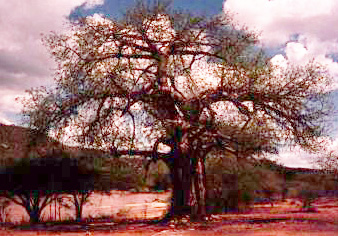
Edward O. Wilson, The Future of Life , (2000).
Human use and appropriation of productive land is defined as the ecological footprint, such as ten acres to support a person’s water, fuel, food and secure living demands.
“In short, the Earth has lost its ability to regenerate -- unless global consumption is reduced, or global production is increased, or both”p. 27
“If humanity were to replace the ‘free’ services of the natural economy with substitutes of its own manufacture, the Global GNP would have to be raised by at least $33 trillion.”
“Illinois soil holds darker secrets as well. To the 89 percent of Illinois that is farmland, an estimated 54 million pounds of synthetic pesticides are applied each year. In 1993, 99 percent (corn fields) were chemically treated”
“In 1993, 91 percent of Illinois rivers and streams showed pesticide contamination.”
1/4 of all the private wells in central Illinois “contained agricultural chemicals.”
Sandra Steingraber, Living Downstream: An Ecologist Looks at Cancer and the Environment, (1997) pp. 1-3
Fisheries: “During the 1990s the global catch leveled of at about 909 million tons.”
North Atlantic, Caribbean and Black Sea fisheries have collapsed”
Watersheds: “...forested watersheds capture rainwater and purify it before returning it by gradual runoffs to the lakes and the sea, all for free,”
The value of the Catskill Mountains’ watershed to the city of New York, for drinking water alone, is over $10 billion, since to replace the natural recharge area of the land, requires that monetary amount to clean up septic tank wastes, farm runoff and deforestation.
Edward O. Wilson, (2000), pp., 106-108.
![]()
Background | Information | Essay | Argument | Conclusion | Lesson![]()
Atmospheric pollution, biological fragmentation, climate change, and destruction of water quality are diminishing the value of ecological services on public lands where wildlife and fisheries are threatened.
Disturbance, degradation and damage to natural areas due to polluted air, nutrient
laden 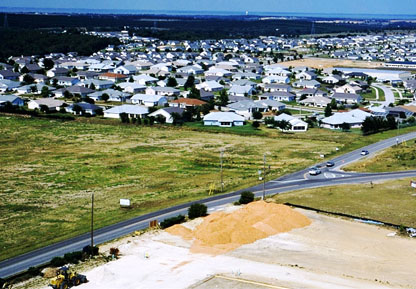 runoff, underground water contamination and acid precipitation are compounding
the survival potential of traditionally protected, birds, mammals and fisheries.
Each of the impacts is cumulative. Though one or more disturbances may appear
insignificant, when viewed in light of poorly designed developments, increasing
mobile sources of air pollution and diversion of surface water runoff, the combined
influence of each degrading intrusion on wild lands can and often does damage
fishery and wildlife populations.
runoff, underground water contamination and acid precipitation are compounding
the survival potential of traditionally protected, birds, mammals and fisheries.
Each of the impacts is cumulative. Though one or more disturbances may appear
insignificant, when viewed in light of poorly designed developments, increasing
mobile sources of air pollution and diversion of surface water runoff, the combined
influence of each degrading intrusion on wild lands can and often does damage
fishery and wildlife populations.
Actions taken in isolation to protect a species here or a land area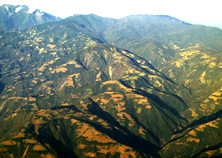 there are
laudable and in the spirit of a national and international conservation ethos.
Taken separately the protection of vast areas may appear effective, but wildlife
and fishery populations are not indiscriminate dwellers on our lands and in our
waters. Instead animals, vegetation fungi and the bacterial relations that support
our wildlife and fisheries require specific geographical locations with peculiar
water, energy, air and landscape features. Without these requisite conditions
the capacity of a place to sustain life is undermined.
there are
laudable and in the spirit of a national and international conservation ethos.
Taken separately the protection of vast areas may appear effective, but wildlife
and fishery populations are not indiscriminate dwellers on our lands and in our
waters. Instead animals, vegetation fungi and the bacterial relations that support
our wildlife and fisheries require specific geographical locations with peculiar
water, energy, air and landscape features. Without these requisite conditions
the capacity of a place to sustain life is undermined.
![]()
Background | Information | Essay | Argument | Conclusion | Lesson![]()
"Life operates on only 10% of the sun's energy reaching the earth's surface, that portions fixed by the photosynthesis of green plants."
(p. 36, E. O. Wilson, The Diversity of Life, 1994)
“We already appropriate 40% o the planet’s organic matter produced by green plants.”
(p. 33, Edward O. Wilson, The Future of Life, 2000).
![]()
Background | Information | Essay | Argument | Conclusion | Lesson![]()
Do these historic events amount to a Legacy we are not able to match?
1628, Plymouth Colony regulates the cutting and sale of timber on common lands.
1871, US Fish Commission was created to study and improve fishery stocks.
1879, April 10 set aside as Arbor Day by effort of John Sterling Morton.
1885, New York state declares the Adirondack forest preserve to protect water supplies.
1897, Forest Management Act defines the purpose of forestry reserves.
1900, Lacey Act protecting migratory birds and their ranges passed.
1903, National Wildlife Refuge system inaugurated by Presidential action to protect declining wildlife
Background | Information | Essay | Argument | Conclusion | Lesson
"Throughout the nation today a series of state and federal estuarinerefuges exist as quiet testimony to the ideals, efforts and commitment of local conservation groups, planners, engineers, and scientists. These advocates possess a resolute maturity in asserting that some places must be set aside for future generations because, as Rachel Carson once remarked, " man's way is not always the best."
(Siry, 1984, p. 17.)
It is time to expand our incipient ecological ethic to include future generations of fish and wildlife with adequate agricultural and forested buffers to the ranges, breeding and feeding terrain so that the recovery and not mere protection of landscapes can occur within the next thirty years. Although the side effects in benefits to the economy are direct and measurable, the moral imperative of recovering sufficient land and water resources to renew fishery and wildlife populations is of imminent importance. Our task today is to instill the ethic of Noah to avert what Wilson and many ecologists call the bottleneck through which all natural life is passing due to human encroachment into the functional capacity of the earth to sustain life.
Every minute, 50 acres of natural or farm land is developed in the USA.
Black Rhinoceros: Activist network information @
http://www.blackrhinoceros.org/actions/pollution.html
![]()
Background | Information | Essay | Argument | Conclusion | Lesson![]()
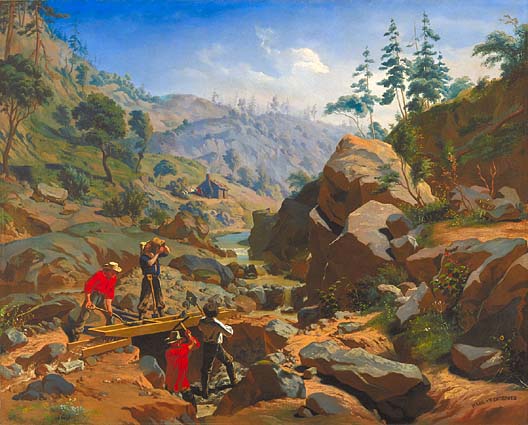 In just sixty years every resident of the United States has only half the amount
of room per person, as did their grandparents. The paradox lies here in the fact
that half of us live in twice the square footage now as we did when we were children.
Richer today than in the past many Americans find it hard to see, let alone comprehend,
the costs associated with rapid growth. In places like California, Texas and Florida,
where population change is faster than in developing African nations, migration
and housing demand are altering familiar places beyond recognition.
In just sixty years every resident of the United States has only half the amount
of room per person, as did their grandparents. The paradox lies here in the fact
that half of us live in twice the square footage now as we did when we were children.
Richer today than in the past many Americans find it hard to see, let alone comprehend,
the costs associated with rapid growth. In places like California, Texas and Florida,
where population change is faster than in developing African nations, migration
and housing demand are altering familiar places beyond recognition.
Lost in the paradox of wealth, growth, poverty and decay modern people are unprepared
to face the fact that it takes nine to twelve ac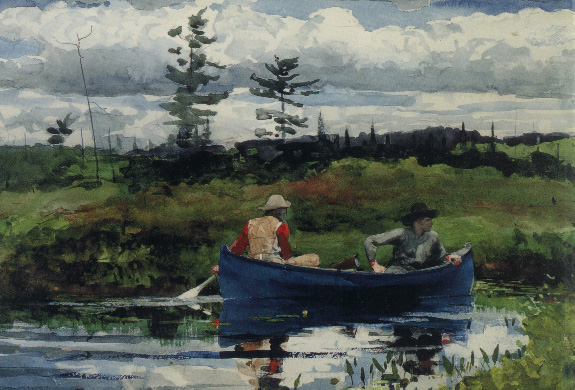 res of resources per person to
sustain our standard of living in the United States. Hidden from our view, by
economic prosperity and social values that encourage folks to indulge themselves
in energy consumptive pastimes, are clues to a quickening calamity of undiminished
consumption and unimaginable demands for space. As Rachel Carson once observed
“wild creatures,” like people “must have a place to live.”
But “as civilization creates cities, builds highways and drains marshes it
takes away...land...suitable for wildlife.”
res of resources per person to
sustain our standard of living in the United States. Hidden from our view, by
economic prosperity and social values that encourage folks to indulge themselves
in energy consumptive pastimes, are clues to a quickening calamity of undiminished
consumption and unimaginable demands for space. As Rachel Carson once observed
“wild creatures,” like people “must have a place to live.”
But “as civilization creates cities, builds highways and drains marshes it
takes away...land...suitable for wildlife.”
(Carson, quoted in Siry (1984), p. 138)
We have little time for reflection and  even less room for error because population
momentum is an accelerating process that requires response time and like a speeding
car must have ample stopping distance to bring the passengers safely to a stop.
Because population momentum takes place over time, that means we are approaching
the crest of an appetite driven roller coaster.
even less room for error because population
momentum is an accelerating process that requires response time and like a speeding
car must have ample stopping distance to bring the passengers safely to a stop.
Because population momentum takes place over time, that means we are approaching
the crest of an appetite driven roller coaster.
Either we increase our efficiency to dampen our demands and avert the downward plunge or we control population growth before natural causes --reactions accumulating from ever widening human assaults-- leave us too unprepared for the ride of our lives and the loss of our animals.
![]()
Background | Information | Essay | Argument | Conclusion | Lesson![]()
Argument:
We have the capability and the wealth to invest now in the protection of the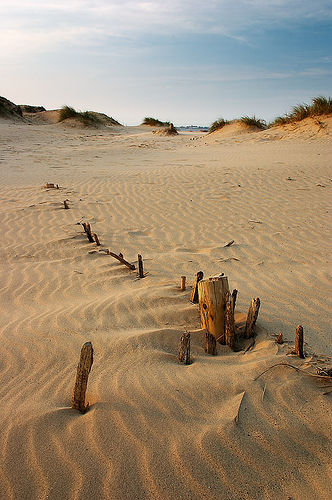 ecological
services inherent in landscapes and watersheds.The Land and Water Conservation
Fund of the federal treasury was designed for such a purpose by Congress in 1964
and has been growing in size. Unless changes are made to the law and funds appropriated
we risk an even more expensive problem in the coming decades.
ecological
services inherent in landscapes and watersheds.The Land and Water Conservation
Fund of the federal treasury was designed for such a purpose by Congress in 1964
and has been growing in size. Unless changes are made to the law and funds appropriated
we risk an even more expensive problem in the coming decades.
We must create adaptive means to develop management practices, employ appropriate tools and recover sufficient space for water recharge, energy conservation, air quality improvement and landscape renewal, or the restoration of fisheries and wildlife will not occur in time to avert a serious loss of birds, mammals, commercial and sport fisheries.
Such a
loss will mean costly investments by municipalities to provide adequate recreation
and utility areas. Loss of ecological services burdens state and local taxing
authorities and generates a revenue loss from diminished opportunities to view
nature, fish, hunt or passively experience the wild outdoors.
![]()
Background | Information | Essay | Argument | Conclusion | Lesson![]()
Conclusion:
 The gift of a “shimmering physical disequilibrium” that is our Earth
is vanishing due to our inaction, inadvertence and ignorance.
The gift of a “shimmering physical disequilibrium” that is our Earth
is vanishing due to our inaction, inadvertence and ignorance.
“The soil , water and atmosphere of its surface have evolved over hundreds
of millions of years to their present condition by the activity of the biosphere,
a stupendously complex layer of living creatures whose activities are locked together
in precise but tenuous global cycles of energy and transformed organic matter,”
“When we destroy ecosystems and extinguish species, we degrade the greatest heritage this planet has to offer and thereby threaten our own existence.”
Wilson, p. 39
This urgency to protect natural areas 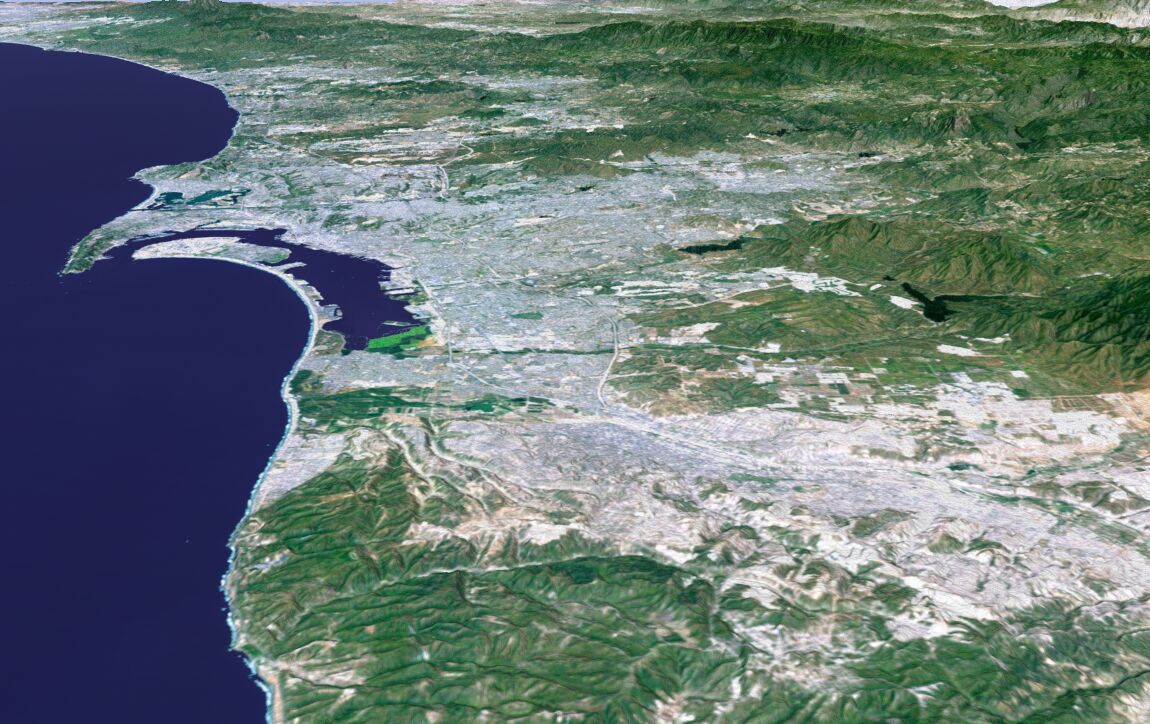 and landscape features, for more than merely
their scenic qualities, arises from fact that only forty years ago the Earth had
half the people it does today. Explosive growth carries an existing and ongoing
momentum --or accelerating rate of change-- that will cause the world's population
to double again on or before 2060. Such unprecedented growth enriches the few
at the cost of the many and even in the wealthy United States creates crowding,
undermines health, and degrades surroundings.
and landscape features, for more than merely
their scenic qualities, arises from fact that only forty years ago the Earth had
half the people it does today. Explosive growth carries an existing and ongoing
momentum --or accelerating rate of change-- that will cause the world's population
to double again on or before 2060. Such unprecedented growth enriches the few
at the cost of the many and even in the wealthy United States creates crowding,
undermines health, and degrades surroundings.
Industrial societies have already exceeded the capacity of land, air and water
to sustain rising demands for energy, resources, security and shelter. Stripped
of the capacity to assimilate our mounting wastes, the countryside is exhausted
by people's accelerating consumption, growing numbers and unrestrained appetites.
In this situation the loss of wildlife and fisheries are only a symptom of a deeper
disturbance. Psychologically we are ill-equipped to see that the land and water
from which we draw our economic sustenance and mental health is dying, because
we have learned, incorrectly, that lands and waters are inanimate objects subject
only to our disposal or use.
![]()
Background | Information | Essay | Argument | Conclusion | Lesson![]()
| Lesson: | 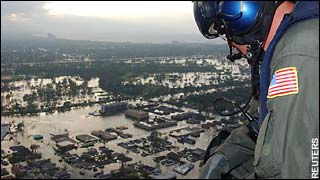 |
| "Everything has changed, except the way we think" | Albert Einstein |
Our actions have been short circuited by the way we think, the activities we reward, and the fact that the depth of our problems are never fully described, let alone analyzed by the media we rely on for images and discussions of our intractable predicament.
|
|
![]()
Background | Information | Essay | Argument | Conclusion | Lesson![]()